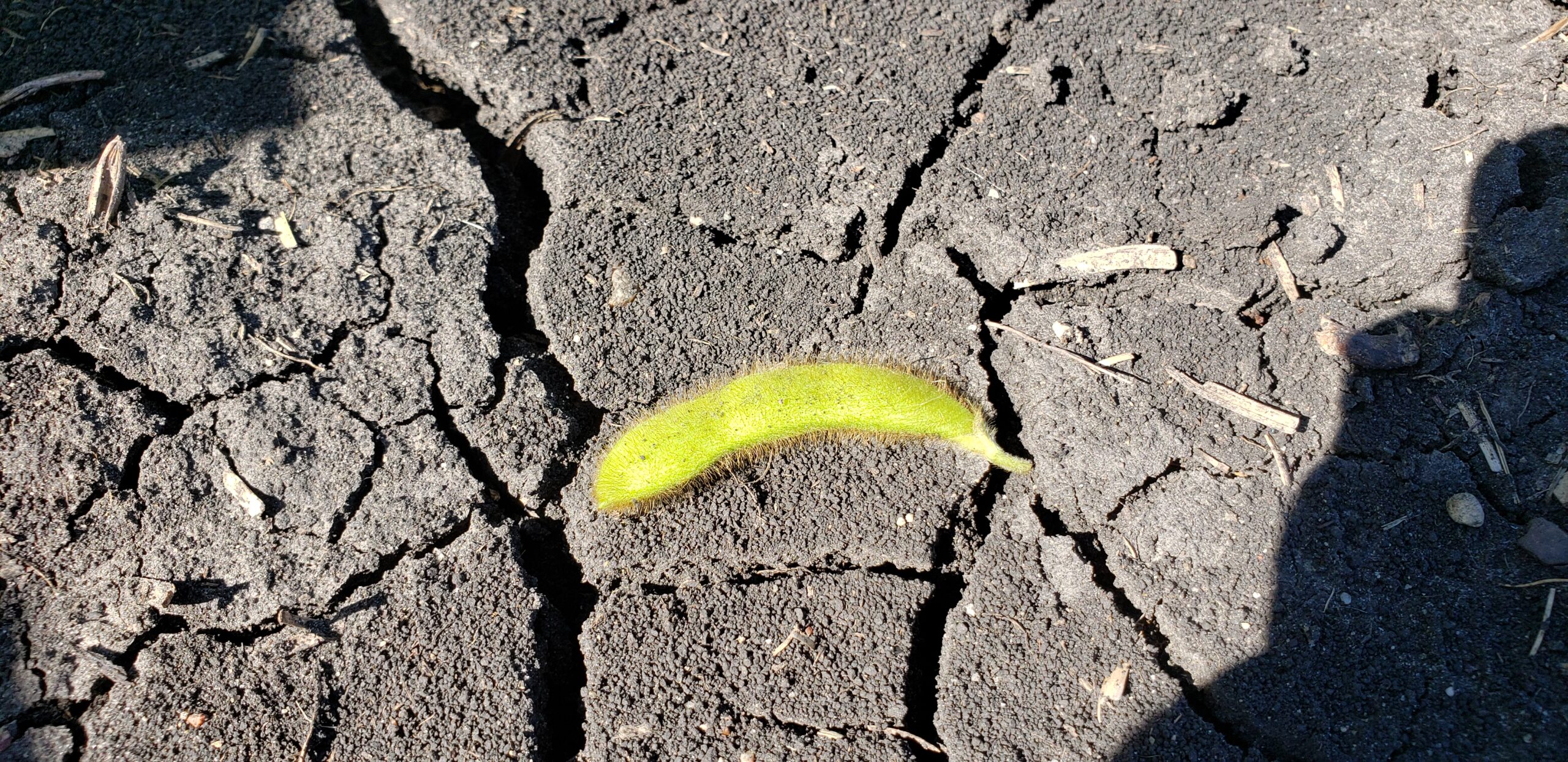It was a mild winter for much of the prairies this year, with less than average snowfall in almost all areas. With low winter precipitation, and the possibility of drought in certain areas of North America, some growers are starting to think about the conditions their crops may face this upcoming season. Drought can be a significant source of stress for your crops, but there is an eco-friendly and wallet-friendly way to help your plants cope with stressful growing conditions: Plant Growth Promoting Rhizobacteria (PGPR). In this week’s edition of Growing Possibilities, we will be discussing the benefits of PGPR and how PGPR can help a crop during a drier cropping season.
This year cold fronts moving into the prairies caused the first significant cold temperatures back in February and with cold air & temperatures come little capacity for moisture and excessive dryness. In the USA, most of the Northern United States are predicting some level of drought conditions going into the growing season (1). The forecast is looking dry for the Canadian prairies too right now, and drier conditions may prevail in Alberta, Saskatchewan, Manitoba and parts of Ontario this spring (2). So what are PGPR and how can they help?
PGPR refers to bacteria that live in the rhizosphere of a plant whose activity has a beneficial effect on the growth or health & performance of that plant. Legume farmers are generally familiar with the most common form of PGPR utilised in the crop production: nitrogen (N)-fixing bacteria, most commonly found as the active ingredient in inoculants. Legume farmers are used to inoculating their crops with rhizobia every year but many still do not know about the plant health benefits provided by other forms of PGPR. For example, the PGPR found in XiteBio® Yield+ has several modes of action including solubilising soil-fixed phosphorous (P) to increase P availability to plants or by encouraging early root development and increasing root hair growth. These bacteria do not form nodules like the N-fixing species do, but colonise the surface of a plant’s roots and promote growth and enhance performance by other means.
PGPR can assist drought affected crops in a few different ways. A significant mode of action for PGPR is encouraging the development of plant root systems and root hairs. Production of phytohormones, chiefly indole-acetic acid (IAA), encourages root hair and root system development in plants, which enhances their ability to find and uptake water present in the soil. A well-developed root system is essential to combatting water deficiency in soil. In a drought study in the American Midwest, soil dryness persisted to a depth of 5 feet in some places, with some plants needing to extend roots to 8 feet below ground to reach suitable moisture (3). Plants inoculated with PGPR have exhibited a higher tolerance to drought and more elaborate root systems when compared to uninoculated plants, with up to a 40% increase in root mass in some cases (4). Another study showed that chick peas inoculated with PGPR and grown under drought conditions had greater root mass and shoot development compared to an uninoculated control (5). Study conducted by Danish et al. found that inoculating wheat plants with PGPR and the charcoal compound Biochar increased both in-season growth and final yield at harvest when compared to uninoculated control plants (6).
Extracellular polysaccharides secreted by PGPR have also been shown to mitigate drought stress in plants. Some PGPR release this sticky substance when under stressful conditions such as dryness, and bacteria emitting this substance around plant roots they have colonised can help their host plants when under the same moisture stress. Extracellular polysaccharides prevent the desiccation of bacteria as well as surrounding plant roots, and increases soil aggregation while maintaining a high water potential close to the plant (4).
Incorporating a PGPR inoculant or biological such as XiteBio® Yield+ into your crop fertility plan can improve the early development of your crop and ensure that your plants may cope better in a lack of moisture condition while still maintaining their yield potential. Put your mind at ease this season with natural soil bacteria that may help your crop deal with stresses it might encounter. Click here to learn more about XiteBio® Yield+ and how it can help your crops this season.
References:
1) https://droughtmonitor.unl.edu/
4) Vurukonda, S., Vardharajula, S., Shrivastava, M. SkZ, A. Enhancement of drought stress tolerance in crops by plant growth promoting rhizobacteria. Microbiological Research, Volume 184, 2016, Pages 13-24,ISSN 0944-5013
5) Khan, N., Bano, A., Rahman, M.A, Guo, J., Kang, Z., Babar, A. Comparative Physiological and Metabolic Analysis Reveals a Complex Mechanism Involved in Drought Tolerance in Chickpea (Cicer arietinum L.) Induced by PGPR and PGRs. Sci Rep 9, 2097 (2019).
6) Danish, S., Zafar-ul-Hye, M. Co-application of ACC-deaminase producing PGPR and timber-waste biochar improves pigments formation, growth and yield of wheat under drought stress. Sci Rep 9, 5999 (2019).


